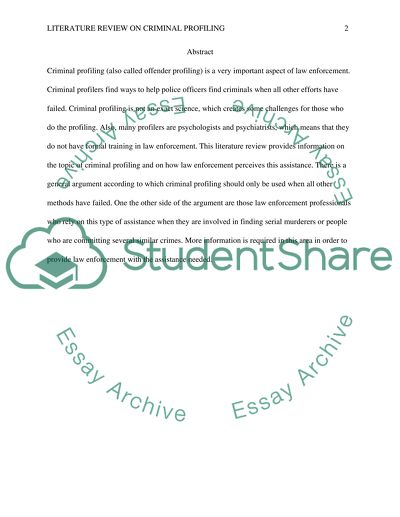Cite this document
(n.d.)
Retrieved de https://studentshare.net/psychology/1401361-abbreviated-literature-review
Retrieved de https://studentshare.net/psychology/1401361-abbreviated-literature-review
()
https://studentshare.net/psychology/1401361-abbreviated-literature-review.
https://studentshare.net/psychology/1401361-abbreviated-literature-review.
n.d. https://studentshare.net/psychology/1401361-abbreviated-literature-review.


